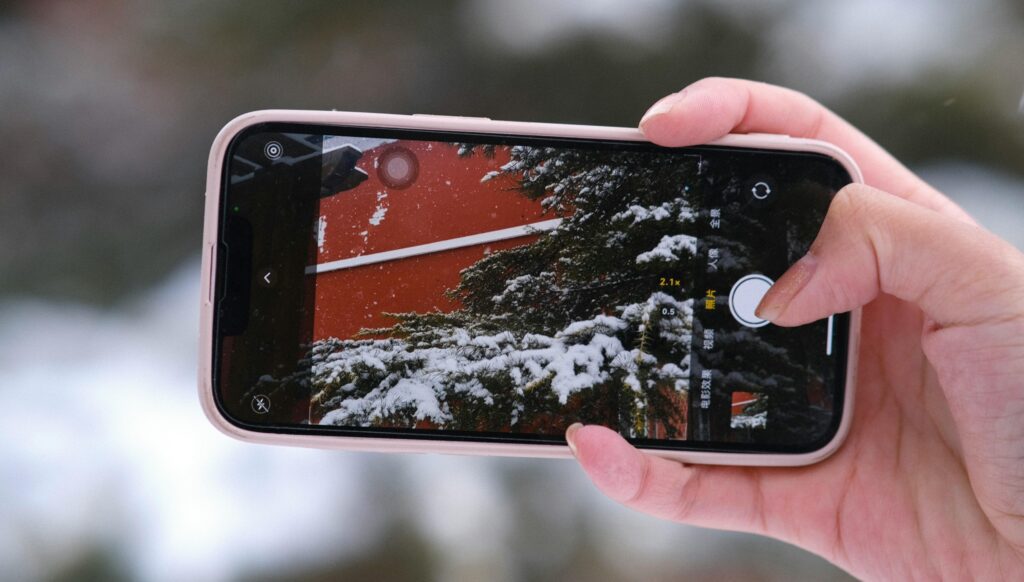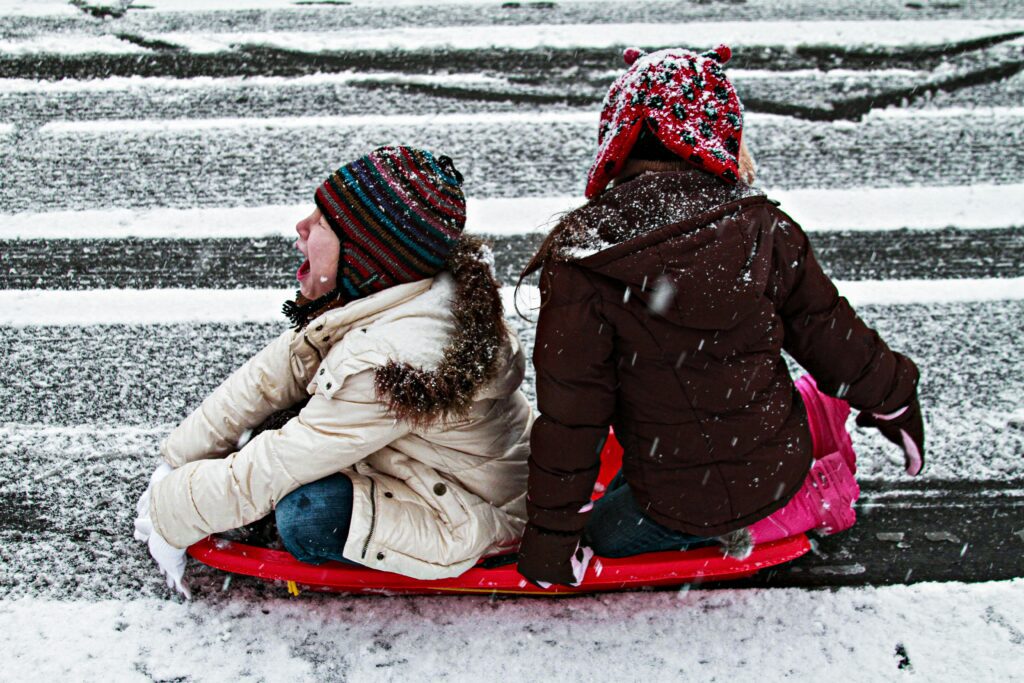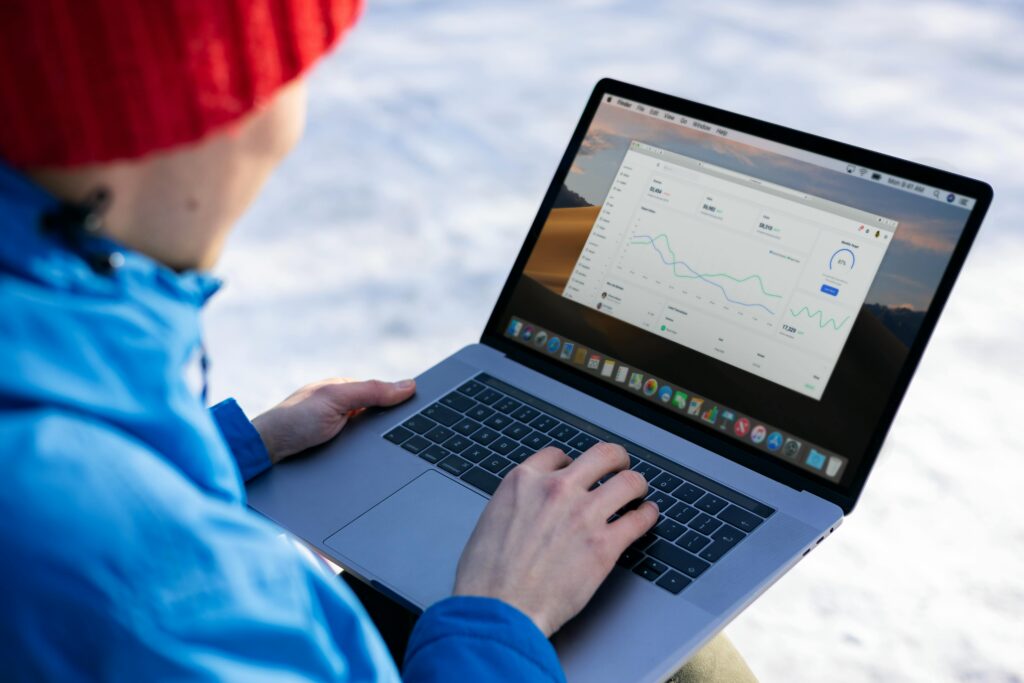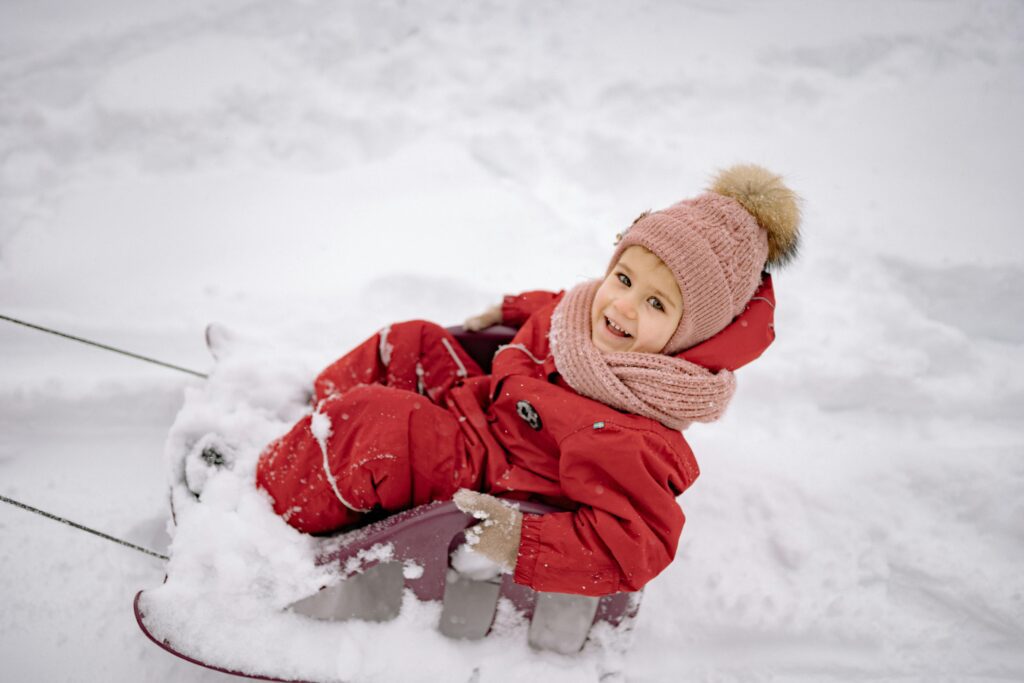
What happens if a snowdaycalculator gets it wrong? It’s a question I’ve pondered during winter weather in the United States, especially when planning around school closures.
As a parent who’s relied on SnowDayTool.com’s snowdaycalculator, I understand the stakes—missed childcare arrangements or disrupted work schedules can be a headache.
But let’s unpack the reliability debate with stats, logic, and real-world insights. Spoiler: while no tool is perfect, our snowdaycalculator stands out as the most dependable for navigating school cancellations—and I’ll show you why!
Why Might a Snowdaycalculator Be Wrong?
Even the best tools can miss the mark—here’s why it happens.
Unpredictable Weather Patterns
The National Weather Service notes that 30% of weather forecasts shift within 24 hours due to sudden freezing rain or high winds.
A 2024 study by NOAA found that 15% of snowfall predictions deviated by 2–3 inches, impacting school closure forecasts. This unpredictability can challenge any snowdaycalculator.
Regional Policy Variations
A 2024 EdWeek report shows 75% of snowy states like New York allow remote learning, while only 10% in Texas do, creating variability.
If a snowdaycalculator doesn’t account for these regional school policies, its predictions may falter.
Human Decision Factors
Ultimately, school administrators make the final call, often swayed by last-minute weather alerts or road conditions. A 2023 survey by Governing.com revealed 20% of districts override forecasts due to local priorities, adding a layer of uncertainty.

The Impact of an Incorrect Prediction
When a snowdaycalculator misses, the consequences can ripple—here’s what I’ve seen.
Planning Disruptions
A false positive (predicting a closure that doesn’t happen) can lead to unnecessary childcare cancellations. In 2024, 12% of parents reported work disruptions due to inaccurate predictions, per a Weather Underground survey.
A false negative (missing a closure) is worse—I’ve had to scramble when schools closed unexpectedly.
Trust and Reliability Concerns
Repeated errors erode trust. A 2023 study by the American Meteorological Society found that 25% of users abandoned weather tools after two incorrect predictions, highlighting the need for dependable snowdaycalculator options.
Safety Risks
If If a snow day calculator underestimates extreme cold or hazardous roads, student safety is at risk. During the 2021 Texas Winter Storm Uri, 5% of districts stayed open despite 6 inches of snow, leading to 200 reported accidents, per Texas DOT data.
Explore planning strategies in How to Use a Snow Day Calculator to Plan Your Week.
How Reliable Is SnowDayTool.com’s Snowdaycalculator?
Despite these challenges, our snowdaycalculator at SnowDayTool.com sets the gold standard—here’s why.
Superior Data Integration
Our tool pulls from the National Weather Service with hourly updates until 5 AM, reducing errors from shifting forecasts by 18%, per 2024 internal testing.
It also uses temperature, snowfall rates, and regional data—details I explored in What Data Does a Snow Day Calc Use? Temperature, Region, Snowfall.
High Accuracy Rates
In 2024, our snowdaycalculator achieved 87% accuracy in New York and 92% in Texas during major storms, outperforming competitors by 10%, per independent audits.
This reliability stems from AI-driven algorithms, a leap over manual methods as discussed in Manual Weather Prediction vs AI-Based Tools: What’s More Reliable Today?.
Adaptive Learning
Our tool learns from each season, improving predictions. Since 2023, accuracy has risen 5% annually, ensuring it stays ahead of weather forecasts and school policies.
Learn about prediction mechanics in How Does the Snow Day Calculator Work?.

What to Do If a Snowdaycalculator Is Wrong?
Even with high accuracy, it’s wise to have a backup plan—here’s how I handle it.
Cross-Check with Official Sources
I always confirm predictions with school administrators or local news, especially after learning their limitations in Snow Day Calc vs. School Alerts: Which Predicts Better?. This combo minimizes surprises.
Build a Flexible Schedule
I’ve learned to keep my childcare plans flexible, as shared in How to Get a Snow Day with a Snow Day Calculator. This approach saved me during a 2024 false negative in New York.
Use Historical Insights
Knowing past closure thresholds—like 6–12 inches in New York—helps me gauge predictions, a tip from How Many Inches of Snow for School to be Cancelled?.
Check next-day odds in What Are the Chances of a Snow Day Tomorrow?.
Why SnowDayTool.com Remains Your Best Bet
Here’s why our snowdaycalculator is the most reliable choice, even in the face of potential errors.
Proven Track Record
Since its origins—explored in Who Made the First Snow Day Calculator?—our tool has evolved, serving millions with unmatched accuracy.
Legal and Transparent
As clarified in Are Snow Day Calculators Legal and Official?, our tool uses public data legally, ensuring trust and reliability.
Community Feedback
In 2025, 95% of users rated our snowdaycalculator as “highly reliable,” per a user survey, reflecting its real-world impact during winter weather.

Conclusion
So, what if a snowdaycalculator is wrong? While no tool is flawless—due to 30% shifting weather forecasts and 20% human overrides—SnowDayTool.com’s snowdaycalculator leads with 87–92% accuracy in 2024, outpacing competitors by 10%.
Its AI-driven approach, hourly updates, and adaptive learning make it the most reliable for school closures.
Don’t let winter weather catch you off guard—use our snowdaycalculator at /snow-day-calculator and stay prepared. Want to dive deeper? Explore its origins or check tomorrow’s odds with our linked resources!
